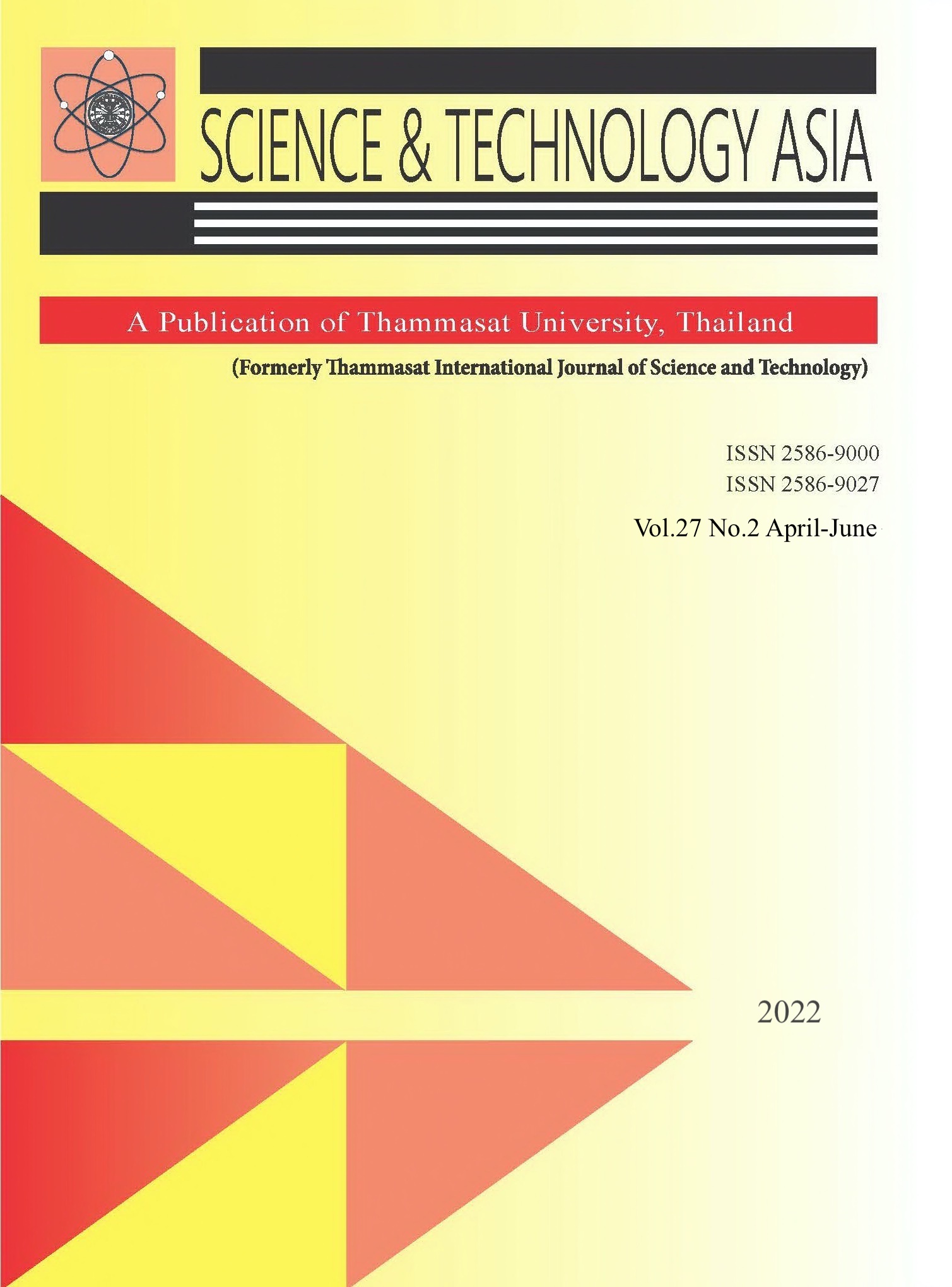Pilot Study: The Effects of Air-Filled Thermoplastic Polyurethane (TPU) in Foot Orthosis
Main Article Content
Abstract
Heel pain is a common foot problem that is often treated by heel cushioning made from a variety of materials. Thermoplastic polyurethane (TPU) is a commonly used material in the medical field, however, studies exploring cushioning performance and plantar pressure reduction of TPU air filled orthosis are limited. The purpose of this study was to evaluate cushioning performance and plantar pressure reduction of the heel while standing, via provision of a TPU heel cushion. This study was divided into two parts: an “egg-drop test” and a heel pressure test. During the egg-drop test, three samples of each experimental material were tested (Pelite®, Plastazote®, PPT®, TPU with air-filled bladders at 5, 10, and 15 kPa) using eggs with controlled weights. The egg was dropped five times to test each material and bouncing of the egg was recorded, as well as the number of broken eggs. Afterwards, 15 participants were recruited to stand on the air-filled orthosis while plantar pressures at the heel were recorded using a force sensing array (FSA). The results from the egg-drop test and clinical trial demonstrated that TPU with air-filled bladders at 5 kPa and 10 kPa had a cushioning property with reduction of plantar pressure at the heel similar to PPT® except for other materials that showed lower performance. However, the other materials resulted in a lower performance. Proper air-filled orthosis should be considered for a range of body weights. Advanced insole material properties along with an appropriate pressure distribution are recommended for further study relating to gait.
Article Details

This work is licensed under a Creative Commons Attribution-NonCommercial-NoDerivatives 4.0 International License.


